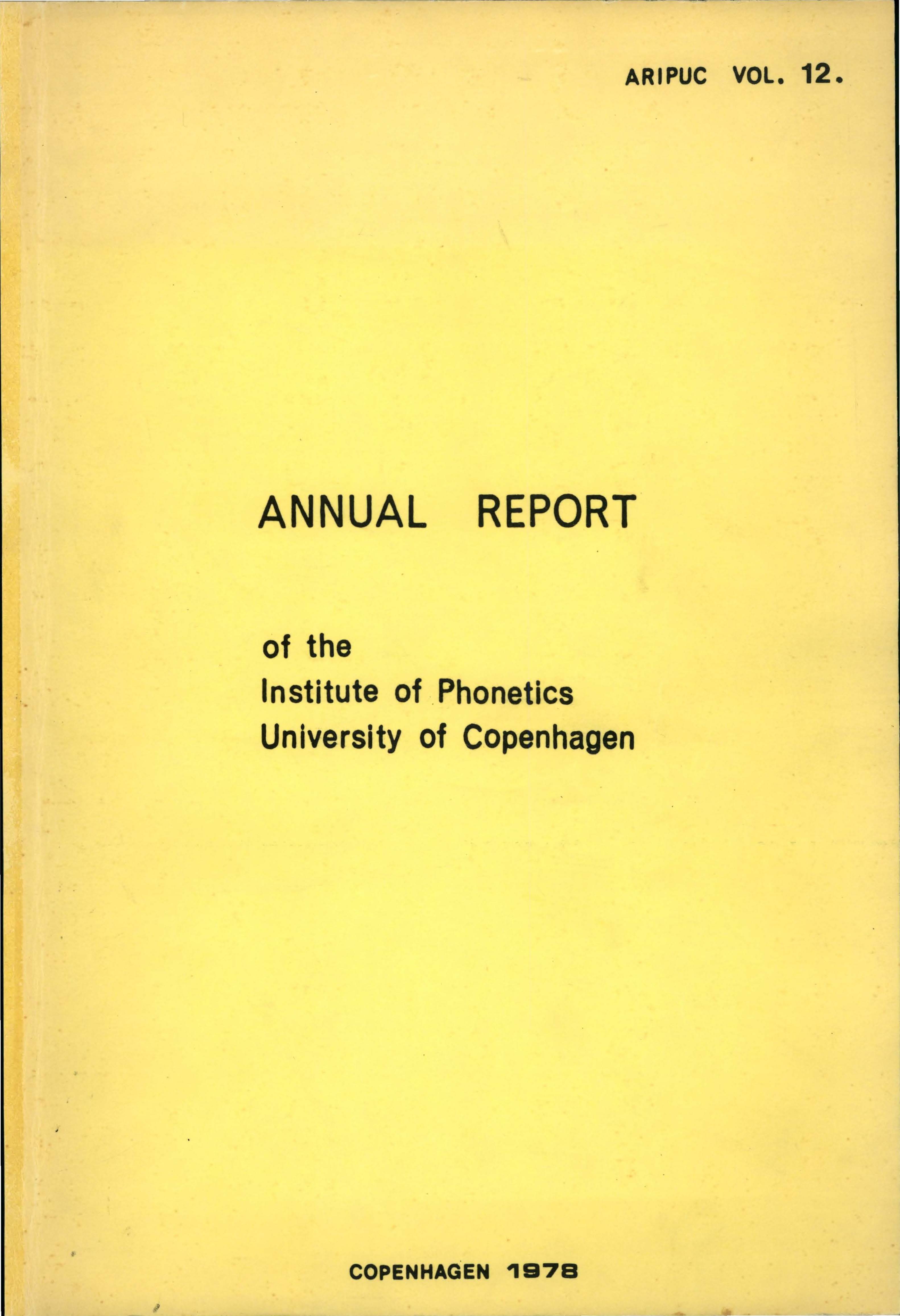A simplified explanation, in physical terms, of the acoustical consequences of tongue and lip movement in vowel production
DOI:
https://doi.org/10.7146/aripuc.v12i.131690Abstract
This paper presents an excerpt from a larger exposition, attempting to give non-technicians a basic insight in the relationship between articulation and acoustics of vowels and consonants. By means of Newton's second law (force equals the product of mass and acceleration) and Boyle-Mariotte's law (at constant temperature the product of pressure and volume for a given quantity of air is constant) one can explain the fact that "When a part of a pipe is constricted its resonance frequency becomes low or high according as the constricted part is near the maximum point of the volume current ... or of the excess pressure ... " (Chiba & Kajiyama, 1958, p. 151). This is achieved mainly by considering the relative forces that act on a thin slice of air, oscillating back and forth through the open end of a quarter-wavelength resonator at its first resonance frequency: a decrease of the volume of the pipe near its closed end increases the forces that keep the slice in motion and thus raises its frequency, and vice versa. Inversely, diminishing the opening of the resonator decreases the forces that keep the slice in motion, and thus lowers its frequency, and vice versa.
Downloads
Published
How to Cite
Issue
Section
License
Copyright holder author

